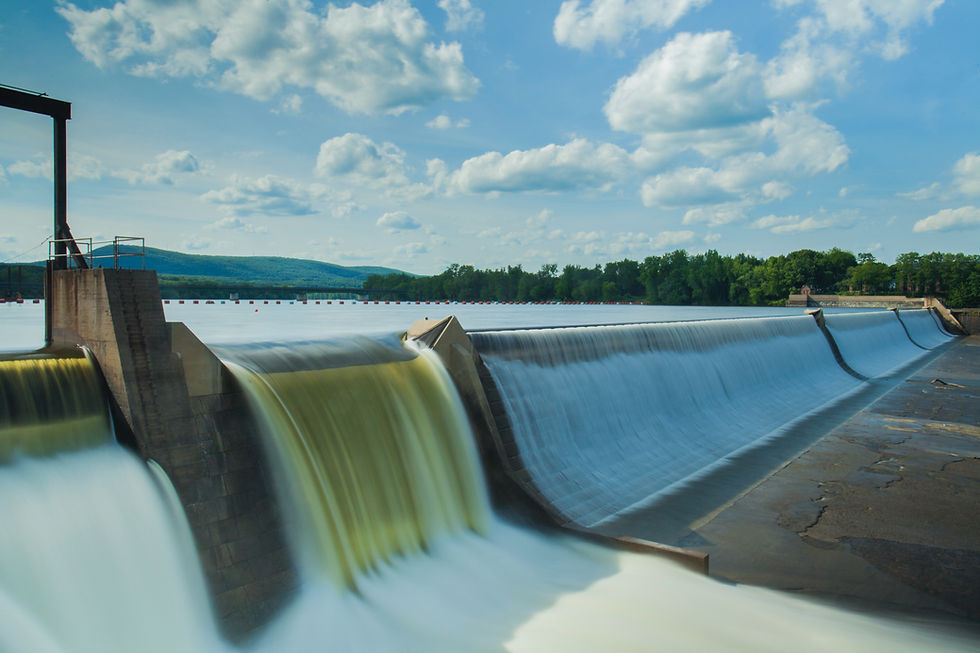Harvesting Prosperity: Cultivating a Thriving Green Economy
- Arielle Cailan
- Jan 14, 2024
- 2 min read
In the evolving landscape of global commerce, the emergence of the green economy has become a beacon of hope and prosperity. This paradigm shift, akin to cultivating a lush garden of sustainable practices, not only aims to mitigate environmental impact but also promises bountiful economic growth. Let's explore the blossoming concept of the green economy and how it is sowing the seeds of a more sustainable and prosperous future.

At the heart of the green economy lies a commitment to sustainable practices that harmonize with the environment. It is a deliberate cultivation of industries and businesses that prioritize renewable resources, energy efficiency, and eco-friendly technologies. This cultivation process is not merely a response to environmental concerns but a strategic investment in a future where economic prosperity and environmental stewardship are intertwined.
One of the key pillars of the green economy is renewable energy. As we witness the proliferation of solar, wind, and hydropower technologies, the energy sector is transforming into a verdant landscape of sustainable practices. The cultivation of renewable energy sources not only reduces our dependence on finite fossil fuels but also fosters a resilient energy infrastructure capable of withstanding the challenges of a changing climate.
Agriculture, too, plays a pivotal role in the green economy. The cultivation of organic farming practices, regenerative agriculture, and sustainable forestry represents a departure from conventional methods. This shift not only preserves biodiversity but also ensures the long-term viability of our food systems. The green economy thus becomes a fertile ground where sustainable agriculture cultivates both nourishing produce and environmental resilience.
In the business world, the concept of the circular economy is gaining prominence. Rather than following a linear "take, make, dispose" model, businesses are adopting circular practices that prioritize the longevity and recyclability of products. This circular cultivation not only reduces waste but also fosters innovation, as companies find new ways to repurpose materials and extend the life cycle of their products.
The green economy extends beyond environmental stewardship; it also cultivates a wealth of job opportunities. As industries evolve to embrace sustainability, a diverse range of green jobs emerges. From renewable energy technicians and environmental consultants to sustainable designers and conservationists, the green economy is sowing the seeds of employment in fields that prioritize the health of the planet.
Investment in research and development is another crucial facet of cultivating a thriving green economy. Governments, businesses, and organizations are channeling resources into innovative technologies that propel us towards a sustainable future. Whether it's the development of carbon capture technologies, advancements in green infrastructure, or the creation of eco-friendly materials, these investments are the nurturing waters that help the green economy flourish.
The green economy is not just a metaphorical garden; it is a tangible and flourishing reality. As we cultivate sustainable practices, invest in renewable resources, and nurture eco-friendly innovations, we are sowing the seeds of prosperity for current and future generations. The green economy represents a harmonious balance between economic growth and environmental responsibility, a landscape where our actions today cultivate a more sustainable, resilient, and prosperous tomorrow.




Comments